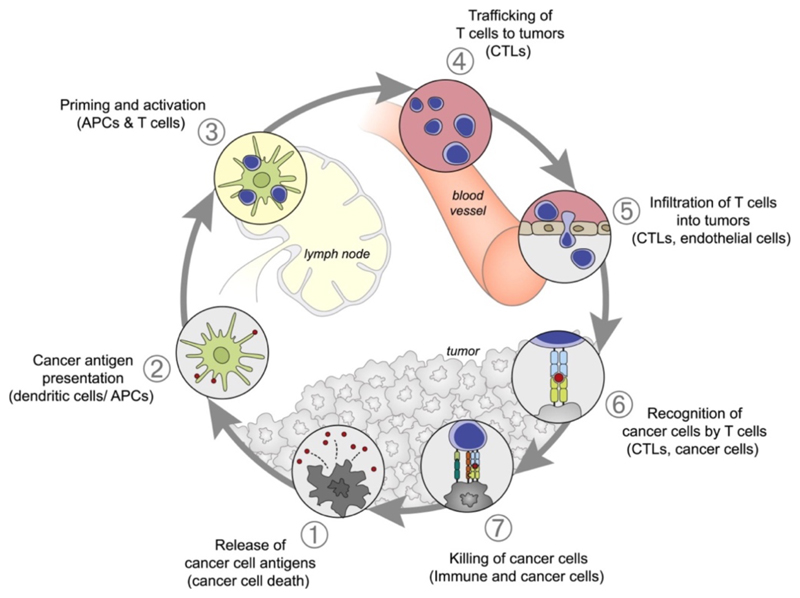Figure 1. Schematic illustration of the cancer-immunity cycle.
The anticancer immune reaction starts with the release of cancer cell antigens (1), which are taken up, processed and presented by antigen-presenting cells (APCs) to naive T cells in secondary lymphoid organs, such as lymph nodes and spleen (2+3). Subsequently, cytotoxic T lymphocytes (CTLs) are generated, which migrate to and infiltrate tumors and metastases (4+5). In tumors and metastases, CTLs can then recognize (6) and kill (7) cancer cells. Reproduced with permission from ref. 19. Copyright 2013 Elsevier.

